 This is a guest post from Surreal Numbers on how the Openlife grid has played host to numerous musical events. It’s one of many examples of how OpenSim and related grids are continuing to grow in popularity and maturity.
This is a guest post from Surreal Numbers on how the Openlife grid has played host to numerous musical events. It’s one of many examples of how OpenSim and related grids are continuing to grow in popularity and maturity.
Thanks to Shai Khalifa for the heads-up on the project initially, and for a historical take on Openlife you can also view our original 2008 profile of the Openlife grid here.
==========
I’d like to thank Lowell Cremorne and The Metaverse Journal for taking an interest in the Virtually Live Events Project and publishing this article.
Purpose and Initiation
User-created virtual reality is the most flexible and powerful tool for sharing information and imagination. Upon entering a space made with 3D modelling primitives and scripts, a visitor can take a journey far richer than that offered by other sharing technologies including blogs, photographs, and audio-video streams. At the same time, community development using virtual reality can have a significantly different life-cycle as compared to the use of other social media.
Social development and technical capabilities are closely entwined in virtual worlds. For example, without a functioning script engine, reliable login servers, and robust sim physics, it is not reasonable to plan and host events. By late-2009, The Openlife Grid had reached levels of stability, scalability, and security appropriate for hosting events reliably. The Virtually Live Events Project (VLE) was started on 05 September 2009 with a solicitation for an “International Live Music Events Developer” committed to consistency, innovation, excellence, and sustainability. Goals were set for number of monthly events, expected audience size, an international distribution of performers representing all continents, and integration with the grid’s business community. The quantity and quality of the responses were overwhelming. They were invariably professional and, most strikingly, reflected a strong spirit of generosity.
The solicitation was focused on finding a single person capable of initiating and maintaining the project so I had not anticipated that the majority of feedback suggested that I form a project team and manage it. As I came to learn, a team was easily justified by the extensive list of tasks that needed to be addressed. But I was reluctant to manage. I’m a mathematical scientist, not a musician, and I felt unqualified to understand music event hosting much less how to build a sustainable arts program.
Eventually, I recognized two things. First, I have a strong interest in hearing music from everywhere. My father had been a Grammy-nominated recording engineer for RCA Records and worked with outstanding musicians and singers from around the world. In addition, I’m a product of the South Bronx, which has a rich fusion of multinational music that simply will not allow one’s body and mind to sit still. Second, professionally, I have a lot of experience planning and hosting conferences as well as managing international research project teams. It seems to be an odd combination of characteristics on which to base the decision to manage but now, a year and a half into VLE, they seem even more applicable.
Challenges and Team
The challenges for the project are to:
1. host music events consistently;
2. innovate to keep performances and venues fresh;
3. work towards a standard of excellence; and
4. sustain and grow the project into the future.
To meet these challenges the team, which has evolved over eighteen months, was initially Debbie Trilling, Adec Alexandria, Shai Khalifa, Digital Dreambuilder (Digi), Pantaiputih Korobase (Pants), and me. At present, it includes Shai, Digi, Cheops Forlife, and me as well as a consulting group with Caro Axelbrad, Grimley Graves, and Pants.
Debbie Trilling and Adec Alexandria (both UK) helped establish a strong footing for the project as well as provided me with the best possible mentoring for managing it. Debbie’s artistic work is well-known in Second Life. She sets a very high standard for quality and was always quick to point out what would not work, what would work, and why. Adec has experience hosting events, is a keen photographer with a great design sense, and an excellent builder who can quickly bring prim form to the vision in his mind’s eye. Debbie and Adec eventually resigned because of other personal and professional obligations but their influences still underpin Virtually Live Events.
Shai Khalifa (Australia) has a degree in arts management, was a professional musician, and has extensive experience managing virtual music events. She has been invaluable for vetting, contacting, and booking performers. Her role is especially challenging since she is literally the artist’s first contact with VLE and she has the professionalism to address whatever questions, comments, or observations arise. In addition, her experiences have provided sound insight into how the performance program should be structured and how it will evolve.
Digital Dreambuilder (Native of Ireland living in Finland) is innovative, a skilled builder and scripter, and an amateur musician with experience planning and hosting virtual events. He’s also professionally involved with virtual education and training, which has implications for the future of VLE. He has a well-grounded sense of setting goals, the capabilities for meeting them, insights for avoiding pitfalls, and the creativity for crafting fallback plans in the case of disaster. He’s built and animated almost all of the exceptionally detailed musical instruments used by performers on Virtually Live.
Pantaiputih Korobase (Germany) was an early member of the project team selected for his insightful nature, exceptionally big heart, people skills, and diamond in the rough building skills (nowadays, he’s well-cut and polished). His role has been recast as a consultant in order to accommodate his personal wishes.
Cheops Forlife (France) was added to the team after Debbie and Adec left. She is unfailingly cheerful, positive, and creative. Once new performers are booked, she brings them inworld and prepares their avatars for the performances. This is no small task since there are psychological, sociological, and technical factors involved. However, she is exceptionally well-suited to the effort given her training in psychology and professional background managing non-profit programs.
Caro Axelbrad (Spain) and Grimley Graves (US) serve as consultants to VLE. Caro custom builds skins, shapes, hair, and clothing for the performers when needed. Both she and Grims have been longtime supporters of the project and, along with Pants, share their creative ideas for helping VLE grow and evolve over time.
I help the team meet the project challenges. I especially enjoy designing and building our default and themed venues.
Although not a member of the project team or consulting group, Logger Sewell deserves recognition for donating the stream used by Virtually Live. His action was an early example of the generosity the project enjoys.
Performances and Venues
VLE performances and venues have been well-documented on the project blog as well as Twitter where performers are announced and event photos are posted. Over the last eighteen months, VLE has held themed events (seasonal parties, wear your green dots, pool, beach, and valentine’s aftermath, among others) and rebuilt the project region, Virtually Live, many times to accommodate the themes as well as new concepts for the entire venue.
Performers have responded enthusiastically. It is really important to the VLE team that the performers have the best possible experience whenever they visit Openlife and this is reflected in their feedback both to the team and the event guests. Time and again, performers have commented on how much they enjoyed the entire process of coming inworld and performing. While musicians and singers had previously crossed from one grid to another to perform, the VLE project broke new ground by establishing an innovative mentoring model to make their transition to Openlife simple and fun. One broad reaching effect of the VLE model is that it has provided a methodology that performers use to explore the potential of other virtual worlds, which increases their reach and audience base.
The performers, moreover, invariably notice both the unusual artistic venues on Virtually Live and the chatty appreciative crowds that attend. The Virtually Live region is devoted exclusively to the arts and the builds are among the most distinctive and beautiful performance venues in any virtual world. In turn, performers all want to come back and have spread the word to other performers throughout the metaverse, who have either already performed on Virtually Live or will be booked in the future.
The most important thing the team wanted for the audience was simply a relaxing fun time that everyone could count on happening regularly. Again, the response has been overwhelmingly posiitive and the best part of this has been the social development. Friending occurs frequently during each event and connections are made or strengthened. New residents of the grid are treated to a warm and helpful greeting in an enjoyable atmosphere, which reinforces the reputation of the community.
In addition to the many blog photos from events, Caro and Pants have each made videos of some VLE performances; a few links are:
Openlife 3rd Birthday and Halloween Party by Caro
Idella Quandry “Fields of Gold” by Caro
The Future
Recent updates to Openlife’s infrastructure have brought further improvements in scalability and features, which, in turn, can be used to enhance and expand the social environment of the grid. For example, for several events, VLE has made use of scene-flip, a unique to Openlife feature that, with the touch of a button, flips the entire region to an alternate scene. Having a full-sized blank region with 45,000 prims to use for a themed event has led to some beautiful scenes that required a lot of people to build. The Openlife 3rd Birthday and Halloween Party video illustrates the use of flip-scene. While the default venue remained secure in Slot 1 of Virtually Live, an entirely different scene was built for the party in Slot 2, including themed terraform and builds.
Virtually Live Events, notably, has been a valuable source of performance and stability data for Sakai Openlife, 3DX Openlife founder and owner. These data have been helpful for identifying technical problems and solutions that lead to grid improvements enjoyed by all residents.
While the emphasis to date has been on music, VLE intends to increase its scope to include theatre, art exhibitions, and arts education venues. Virtually Live Events wants to thank all performers and guests for their support over the last eighteen months and looks forward to where technical capabilities and social development take the project in the future.
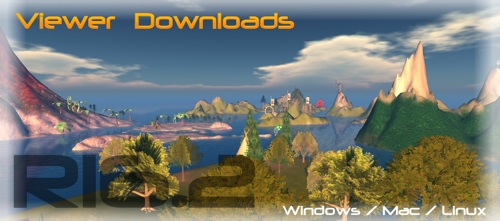
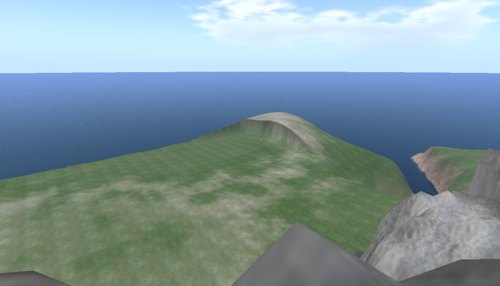
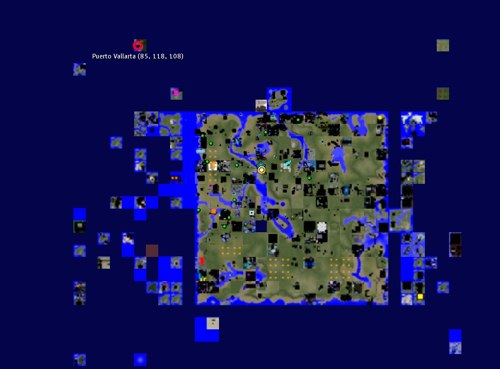
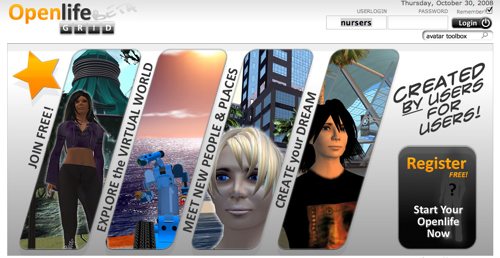
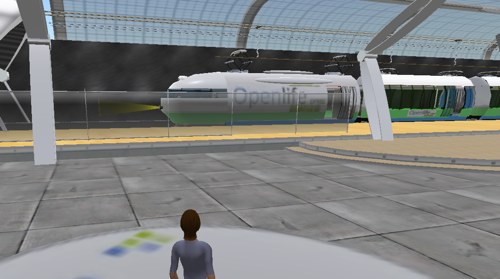
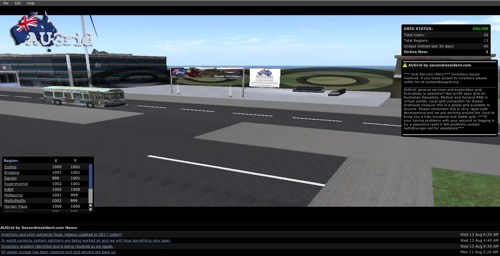
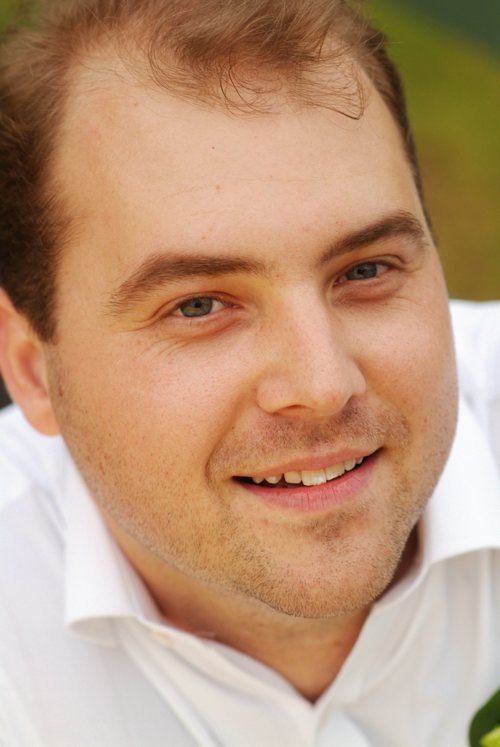
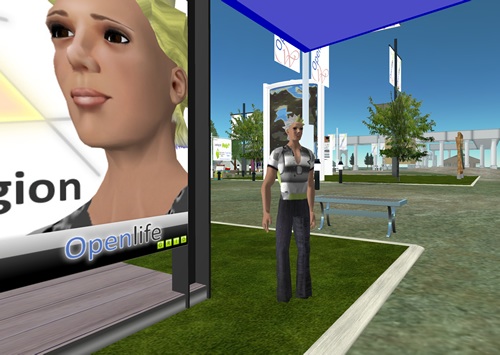
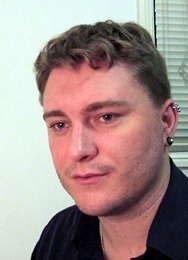
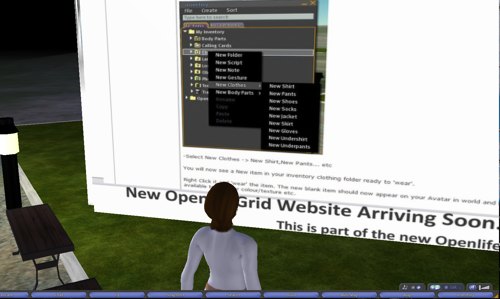
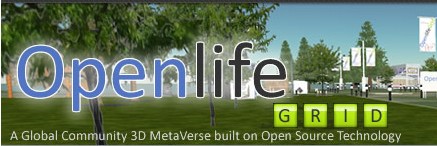
Recent Comments